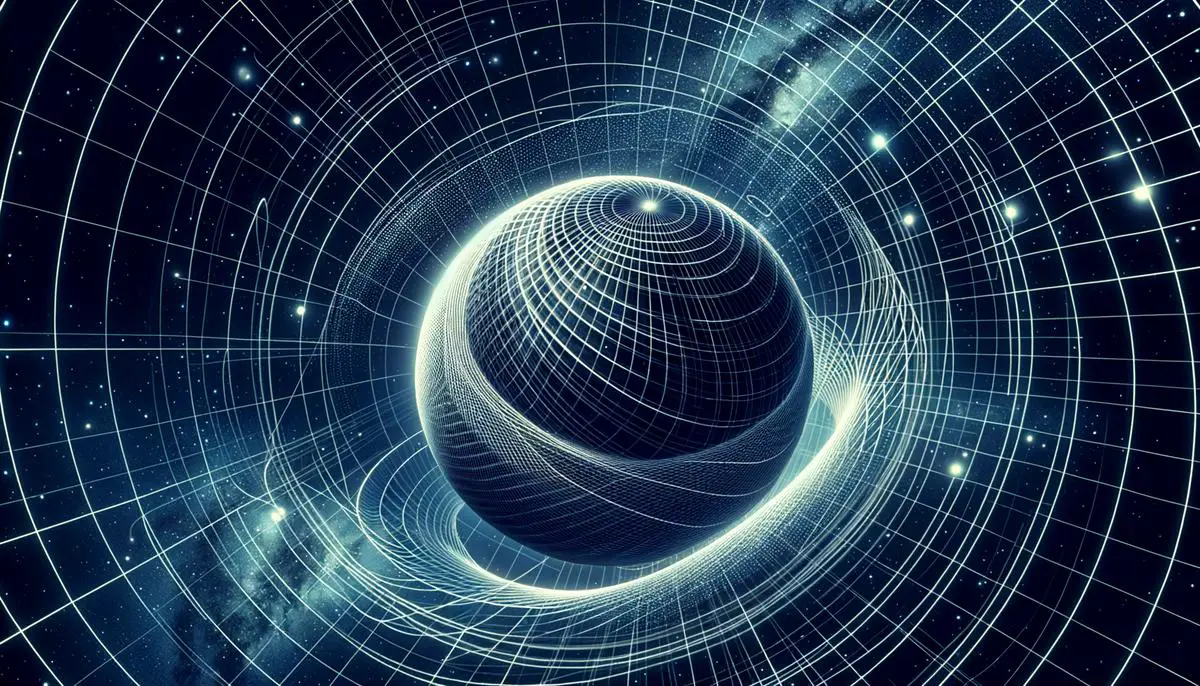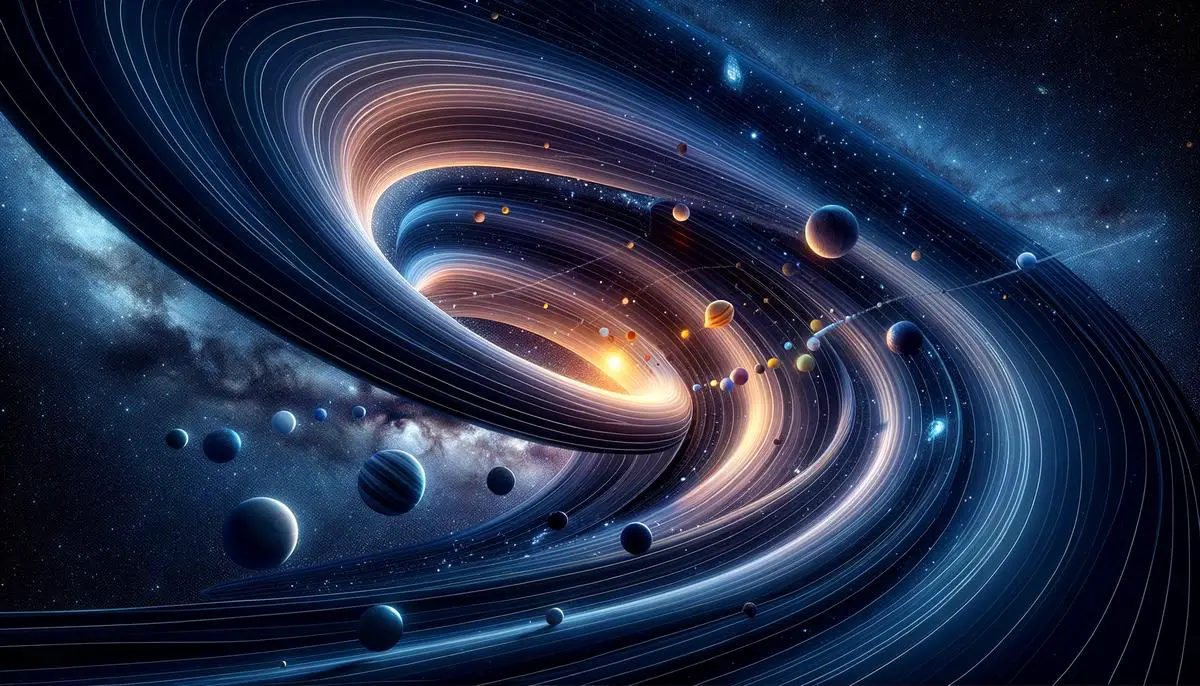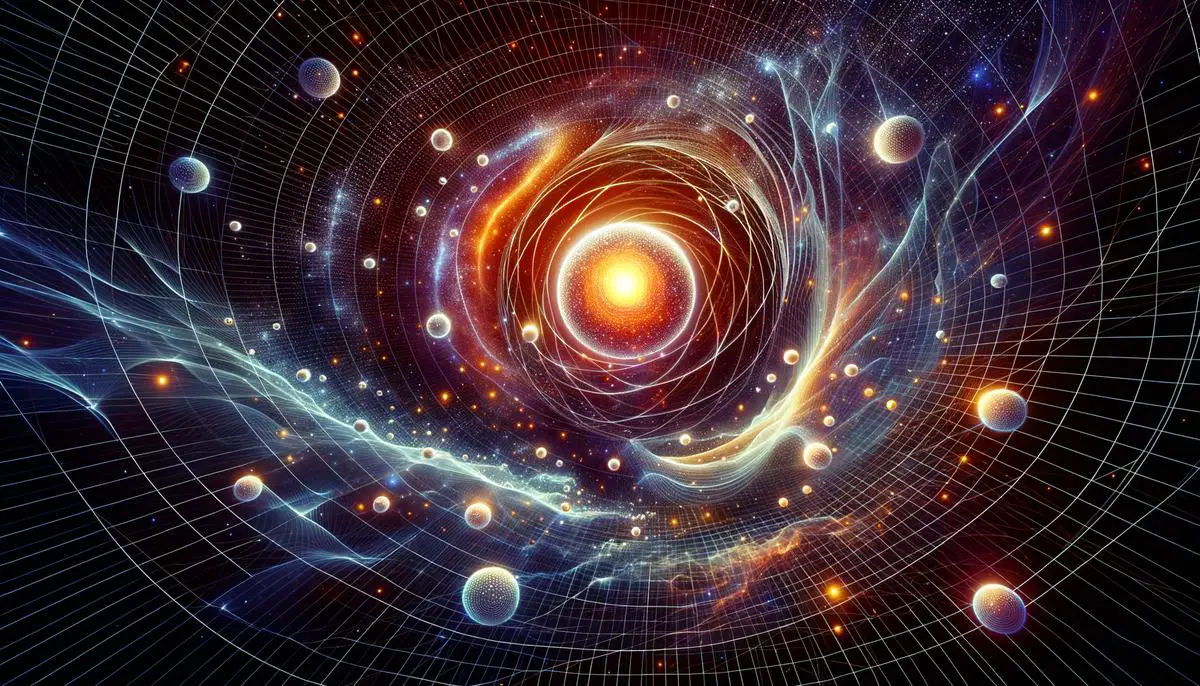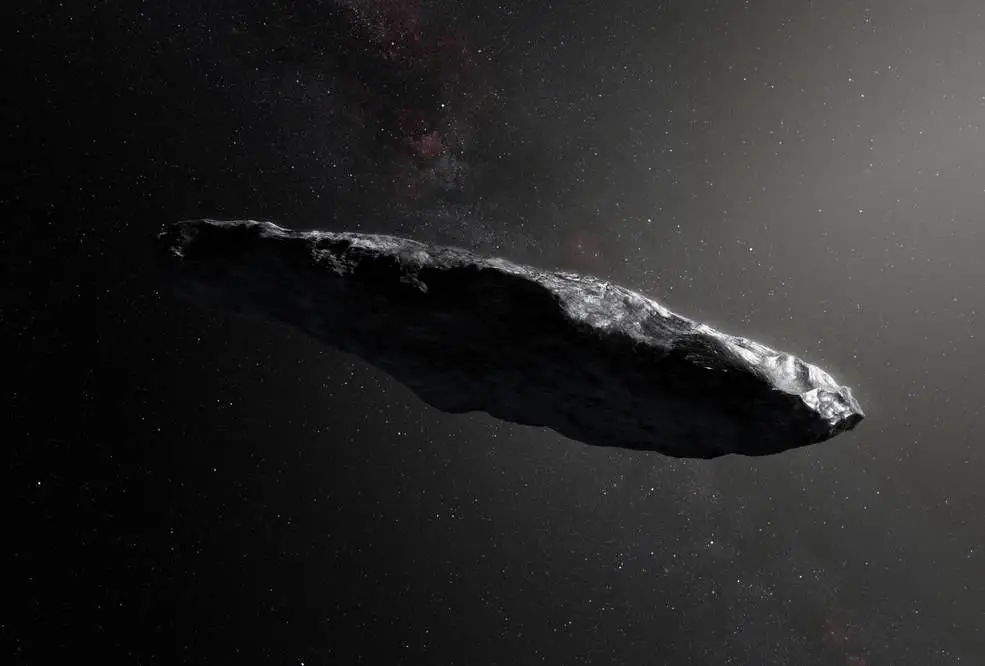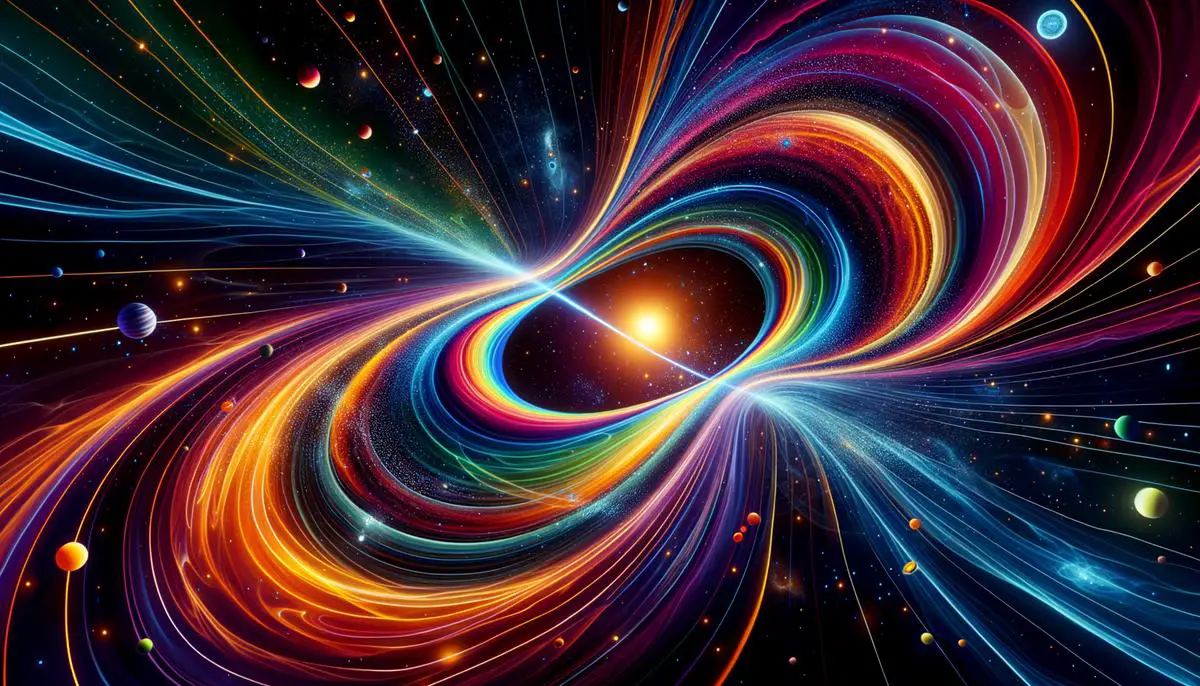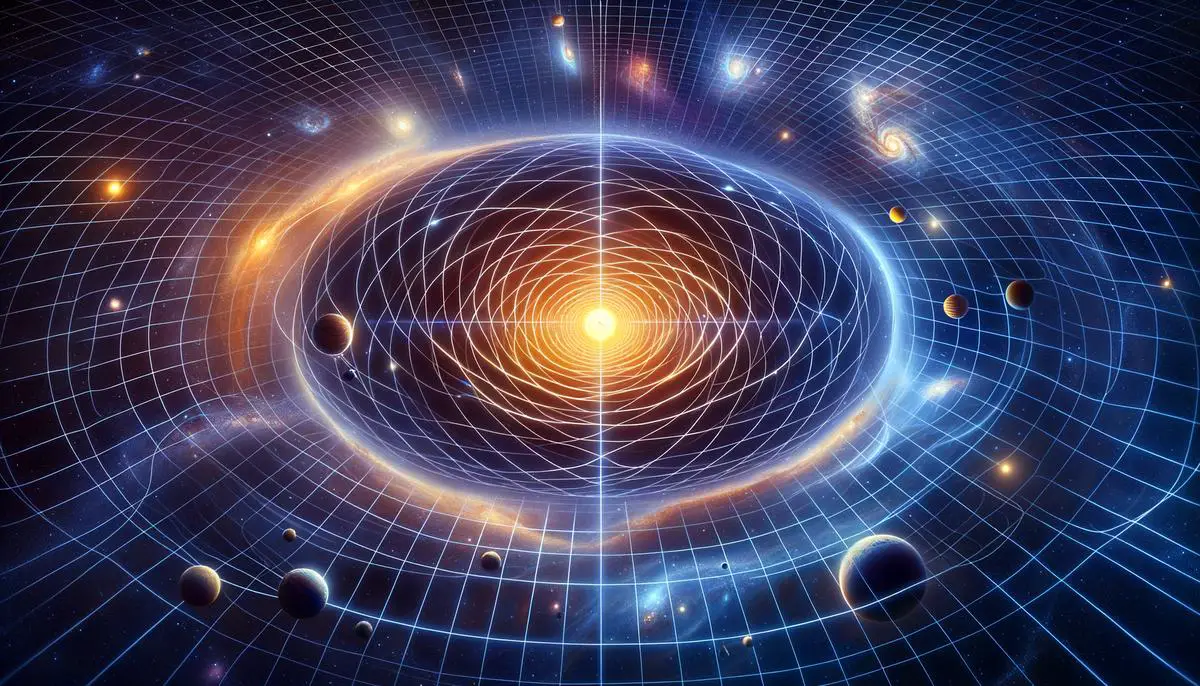General Relativity and Space-Time Albert Einstein's theory of general relativity, introduced over a century ago, suggests that gravity is not merely a force but a curvature in space-time. Picture a bowling ball placed on a trampoline — that's a massive object creating a warp in the fabric of space-time itself. […]
![]()
